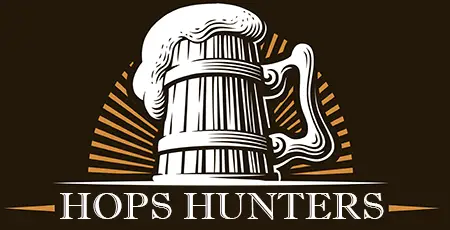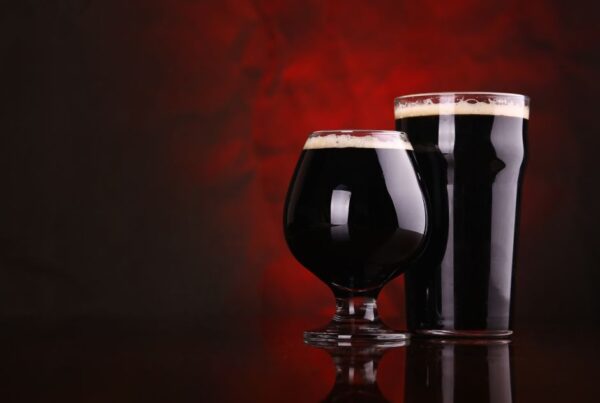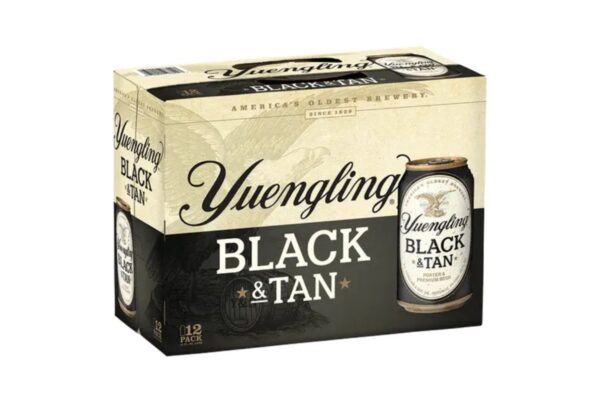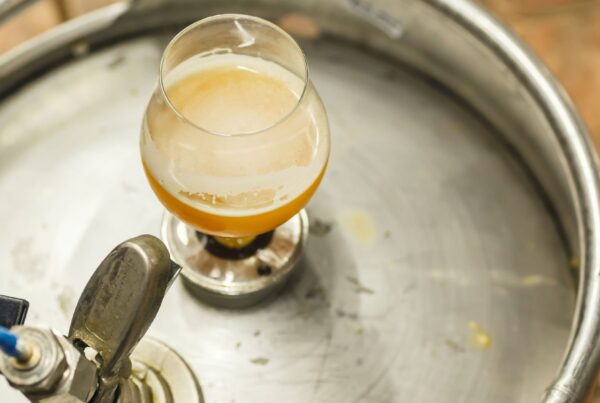Popular Beer Myths Busted: The Ice-Cold, Hard Truth
Beer has been around for centuries, enjoyed by many but misunderstood by more than a few. Despite its longevity, there are still a handful of unfounded myths that persist—some of which you might even believe.
Forget those dubious yarns your Uncle Dave told you between hot dogs at the last barbecue. (“You know, if you drop a penny in your beer, it’ll keep it from going flat. True story!”) The kind of advice you didn’t ask for, didn’t need, and hopefully didn’t follow—but somehow ended up remembering long after the barbecue coals have cooled.
It’s time to put these beer myths to bed—once and for all. So grab the best brew you can find, sit back, and let’s separate beer fact from beer fiction.
Myth: “Beer Before Liquor, Never Sicker; Liquor Before Beer, You’re in the Clear”
This catchy phrase has been passed down through generations, often serving as a guideline for drinking. Shakespeare himself couldn’t have penned a better couplet—but let’s be honest, this rhyme is more poetic than factual.
Your hangover or queasiness is much more likely to depend on how much alcohol you consume rather than the order you drink it in. So next time, try moderating instead of rhyming.
Myth: The “Beer Belly” Phenomenon
While it’s convenient to blame extra weight around the midsection on beer alone, it’s not entirely fair. Weight gain is a result of consuming more calories than you burn—whether those calories come from beer, sugary drinks, or excess food.
In other words, beer is not always necessarily the sole culprit when it comes to a “beer belly.” Those extra pounds didn’t appear because of a few rounds on the weekend. It’s more likely that you’re simply consuming more calories than you’re burning off in general—be it from beer, triple-shot mocha lattes, or late-night Doordash deliveries.
So before you start villainizing beer as the chief architect of your midsection expansion, remember it’s just one player in a whole team of potential calorie culprits.
Myth: Beer Tastes Better “Ice Cold”
We often hear that good beer should be served “ice-cold,” and sometimes it’s true—but this isn’t always the case. Different types of beer have optimal serving temperatures (as well as optimal storage temperatures). For example:
- Light lagers are often best when they’re served very cold.
- Pilsners should be served chilled, but not ice-cold.
- IPAs should be served at a moderate chill.
- Stouts can be served warmer (within reason) to appreciate their complex flavor profiles.
Over-chilling a beer can reduce its perceived carbonation level, flattening out both the taste and mouthfeel. Conversely, serving beer too warm may not only make it taste flat but can also bring out undesirable flavors.
Myth: Canned Beer is Inferior to Bottled Beer
Some folks turn up their noses at canned beer, associating it with lower quality. There are those who’d rather go thirsty than sip from a can, firmly convinced that any beer residing in aluminum is automatically second-tier.
However, cans actually provide better protection from light and oxygen—two elements that can degrade the quality of beer over time. In fact, you’d be hard pressed to find a more near-perfect barrier against light and oxygen than an aluminum container.
(Plus, aluminum cans chill faster than glass bottles, so if you’re the impatient type, cans have got your back!)
So, What’s the Takeaway?
Beer comes with its own set of myths, often perpetuated by pop culture, well-meaning friends, and fictional scapegoats like Uncle Dave. (You know, the stand-in for all people who spread fake beer tips like “If your beer gets skunky, just drop in a couple of raisins—Good as new!”)
While these kinds of myths about beer may make for some good conversation, they’re not exactly rooted in what we’d call “beer facts.”
Next time you hear someone spouting one of these myths and find yourself in the crosshairs of beer misinformation, you’ll have the arsenal of facts to shoot them down.
After all, you don’t have to know what you’re talking about to enjoy a good beer—but it certainly helps!






